CONTENTS
Do You Have To Go Through Customs On A Layover: Detailed Guide
The world is full of wonder and adventure; there's no better way to explore it than through travel. However, travelling can also be nerve-wracking, especially regarding a question that has puzzled many travellers: Do you have to go through customs during a layover?
Fear not, audacious explorer! Put on your explorer's hat and grab your passport because we're about to embark on a journey to uncover the customs process. This article will explore this question and provide insider tips for breezing through customs during a layover.
Do You Have To Go Through Customs During A Layover?
Customs and immigration are usually required at the connecting airport for international flights. You don't always have to for domestic flights.
However, whether you must go through customs depends on a variety of conditions; here are some of the most common scenarios:
The layover is in the United States
In most cases, passengers on layover flights must clear customs and immigration at the first point of entry. If you want to simplify the process, consider applying for Global Entry.
The layover is in European countries
If your overseas stopover is in European countries, it depends on whether the countries you are staying in and travelling are within the Schengen Zone or not.
- If both of the countries are within the Schengen Zone, you can skip customs and immigration. For instance, when travelling from France to Mexico with a layover in Spain. Customs and immigration formalities need only be completed once, upon arrival in Mexico.
- If you are travelling from a Schengen member to another EU country that is not part of the Schengen area, you will not be subject to customs limitations. However, you will be subject to immigration procedures (e.g. Ireland to Germany or vice versa).
- By contrast, leaving from an EU country to a non-EU Schengen country, you will need to clear customs but not immigration (e.g. Switzerland to France or vice versa).
To get the most accurate information, most international airlines (such as Emirates) provide information on Visa requirements that you should either search online or contact the staff to get the procedures in time.

The answer is it depends on your starting and end countries.
What is a layover?
A layover is a period of time spent at an intermediate point during a journey, such as a stop between connecting flights. Depending on the airline and the itinerary, you may have one or more layovers during your journey.
During a layover, you may have to change planes or airlines, which can involve transferring to a different terminal or even exiting and re-entering the airport.
How does it differ from a stopover?
A layover is different from a stopover in terms of the duration of the break in the journey. A layover is a shorter pause in the journey, typically lasting a few hours or less, while a stopover is a longer break that lasts longer than 24 hours.
For example, let's say you're travelling from New York to Bangkok with a layover in Tokyo. If your layover in Tokyo is less than 24 hours, it's considered a layover, and you'll likely stay within the airport and wait for your connecting flight.
However, if your stay in Tokyo is longer than 24 hours, it's considered a stopover. In this case, you can leave the airport, explore the city, and continue your journey to Bangkok later.

Stopover is longer than 24 hours, different to layover. Photo by rh2010 - stock.adobe.com
Do you have to collect your baggage during a layover?
Whether you have to collect your baggage during a layover depends on numerous factors. Thus, it's important to check with your airline or travel agent to understand the baggage transfer policy for your specific itinerary and any applicable baggage fees or storage options at the airport.
Additionally, if you have a tight layover, it's a good idea to pack essential items in your carry-on baggage. It can ensure you have everything you need for your connecting flight, just in case your checked baggage doesn't make it in time.

A cool backpack can make your exploration more exciting than ever.
Tired of lugging around heavy, cumbersome roller luggage that weighs you down and leaves you feeling exhausted? Introducing the ultimate travel companion for those who want to pack light and move quickly: CabinZero Military 28L.
This feather-light cabin bag, weighing in at just 1 lb 13 ounces, is the perfect solution for anyone who needs to travel efficiently and comfortably. Made from 1,000D Nylon fabric, this bag is built to last - just as you are.
What occurs during the customs procedure during a layover?
Most layovers only require a few basic procedures to be carried out. It's crucial to remember that the customs process varies based on the nation and the specifics of your layover.
- Arrival: When you arrive at the airport for your layover, proceed to the customs and immigration area by following the signage. Going through a security checkpoint or showing your passport and travel documents to a customs official may be required.
- Customs declaration: Then, you may be required to fill out a customs declaration form. This form will typically ask for information about your trip, including the countries you've visited, the purpose of your trip, and any goods you're carrying with you.
- Baggage inspection: Depending on the country and the length of your layover, you may be required to have your baggage inspected by customs officials. This may involve opening your bags and allowing officials to inspect the contents.
- Interview: In some cases, customs officials may ask additional questions about your trip or baggage. These questions may relate to your itinerary, travel reason, or the goods you carry.
- Clearance: Once you've completed the customs process, you'll typically be cleared to enter the country or continue to your connecting flight.
Some countries may have additional requirements, such as biometric scans or health screenings. At the same time, others may have more streamlined processes for travellers on layovers.
What documents do you need to have on hand?
The specific requirements can vary depending on the country of origin, destination, and layover, as well as individual circumstances such as visa status and length of stay. Here are some common documents you may need to have on hand:
- Passport
- Visa
- Customs declaration form
- Boarding pass
- Proof of onward travel
- Travel Insurance.
Make sure to always check the customs and immigration requirements for your specific itinerary and ensure you have all the necessary documentation before you travel.
What happens if you are selected for further inspection?
If you are selected for further inspection during a layover, it means that security personnel have identified something in your baggage or on your person that requires additional scrutiny.
Here are some steps that typically occur if you are selected for further inspection:
- You'll be asked to provide identification and your boarding pass to the security personnel.
- Your baggage and belongings may be subjected to additional screening, which can include x-ray scans, swabs for explosive residue, and manual inspections.
- You may be asked to remove items of clothing, such as shoes and belts, for further inspection.
- In some cases, you may be asked to undergo a full-body scan, which uses advanced imaging technology to detect any hidden items or anomalies on your person.
- If prohibited items are found in your baggage or on your person, you may be subject to fines, criminal charges, or other penalties depending on the severity of the offence.
It's important to remember that being selected for further inspection doesn't necessarily mean that you've done anything wrong. Security personnel are trained to identify potential threats and take the necessary steps to ensure the safety of all passengers and airport personnel.
Thus, this can be a nerve-wracking experience, but it's significant to remain calm and cooperative throughout the process.
Insider tips for a layover
Going through customs during a layover can be a stressful experience, but with some preparation and knowledge, you can make the process as smooth and efficient as possible.
Here are some extra tips that you can make use of to make the process as smooth and stress-free as possible.

Follow the airline instructions to have a smooth custom declaration. Photo by bignai - stock.adobe.com
- Check the requirements: Before you travel, check the customs requirements for both your destination and any layover locations. Make sure you have all the necessary documents and that your baggage meets the requirements for each location.
- Allow enough time: Customs can be time-consuming, especially during peak travel periods. Make sure you allow enough time to clear customs and get to your connecting flight. As a general rule, it's best to allow at least two hours for international layovers.
- Pack smart: Avoid packing any prohibited items in your carry-on or checked baggage. Always check with local customs officials if you have any questions. Thus, don't forget to pack your most important documents and valuables in your carry-on.
- Get ready: Make sure you have your passport, visa, and customs forms with you before you go. Put them in your carry-on where you can readily get to them.
- Respect the rules: The staff at customs will assist you in every way they can. Always pay attention to what they tell you to do, and make sure that your responses to their inquiries are honest and precise.
- Stay calm: Customs can be an exhausting experience, but it's significant to remain calm and patient throughout the process. Keep in mind that customs personnel are there to ensure your safety and the safety of others.
What to do if you are running late for your connecting flight?
If you're running late for your connecting flight during a layover, don’t panic! Here are some steps you can take to help ensure that you make your connecting flight:
- Notify airline personnel: If you know you're going to be late, notify the airline personnel as soon as possible. They may be able to hold the connecting flight or provide alternative options.
- Use expedited customs services: Some airports offer expedited customs services for passengers who are running late. To find out if these amenities are offered, please contact airport staff.
- Make use of transportation services: Several airports provide transportation to help travellers get to their gates faster. Inquire with airport personnel if these services are available.
- Find the express lanes: In several airports, there are express lanes for travellers who are running late. If you want to get through customs faster, use these lanes.
- Stay calm: Running late for a connecting flight will surely be stressful, but it's important to stay calm and focused. Try to keep a positive attitude and remember that airline personnel are there to help you.
Make the most of your layover time if you have finished customs
Now that you've cleared that hurdle, it's time to make the most of your layover time. Whether you have a few hours or a whole day, there are plenty of ways to keep yourself entertained and make the most of your travel experience. Here are some ideas:

Making the most of your layout time is recommended. Photo by rh2010 - stock.adobe.com
- Check your flight departure: To avoid missing your connecting flight, double-check your itinerary to ensure you know the exact departure time and gate number. Don't let confusion force you to miss your flight.
- Take a nap: Nap if you need to; the airport is a great place to do so if you're feeling worn out from your journey. Remember to set the alarm to avoid dozing off and missing your flight.
- Catch up with loved ones: Use your layover to talk with those at home. Communication options include talking on the phone, texting, and even online video chatting.
- Explore the surroundings: Most airports have shops, restaurants, and other entertainment options. Get your feet moving and check out everything the airport offers with a stroll.
- Explore the city: If your layover is long enough, consider leaving the airport to explore the city. Just allow plenty of time to return to the airport and clear security before your next flight.
Conclusion
Do you have to go through customs on a layover? Yes, but it depends on the airport. Going through them can be a hassle. But with the proper preparation and knowledge, you can make the process smoother and even more enjoyable.
If you found this article helpful or informative, please consider sharing it with others who may benefit, and leave a comment below to let us know your thoughts. Have a safe flight!
Long Nhi


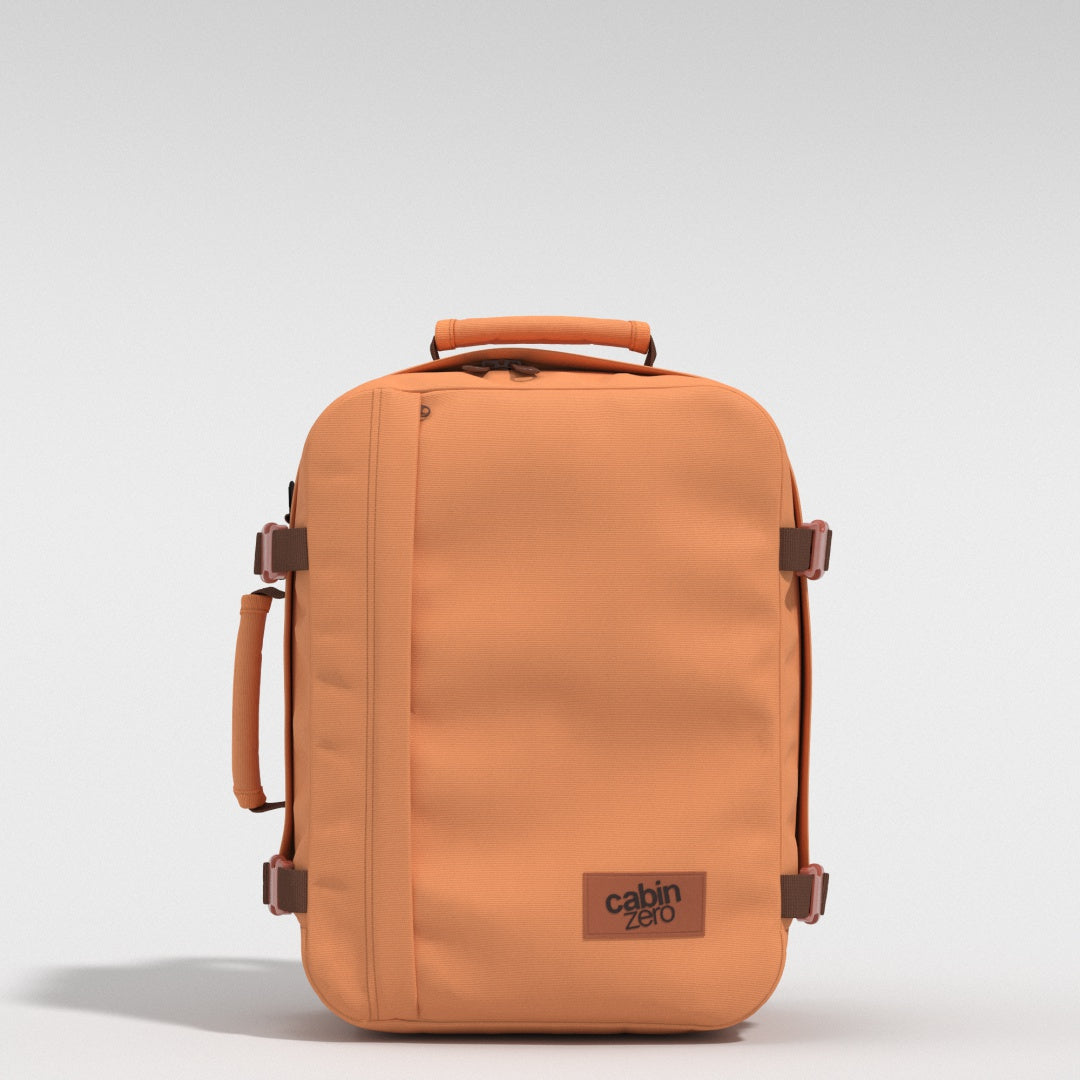
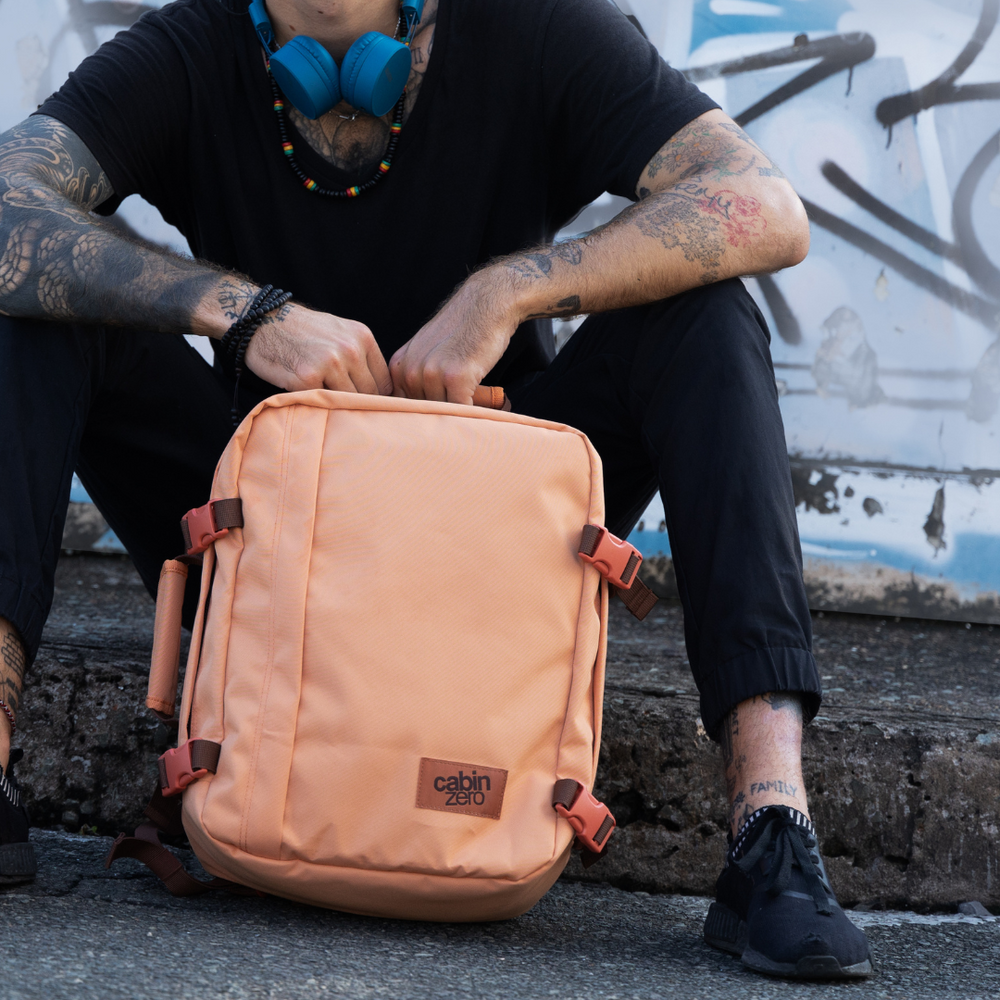
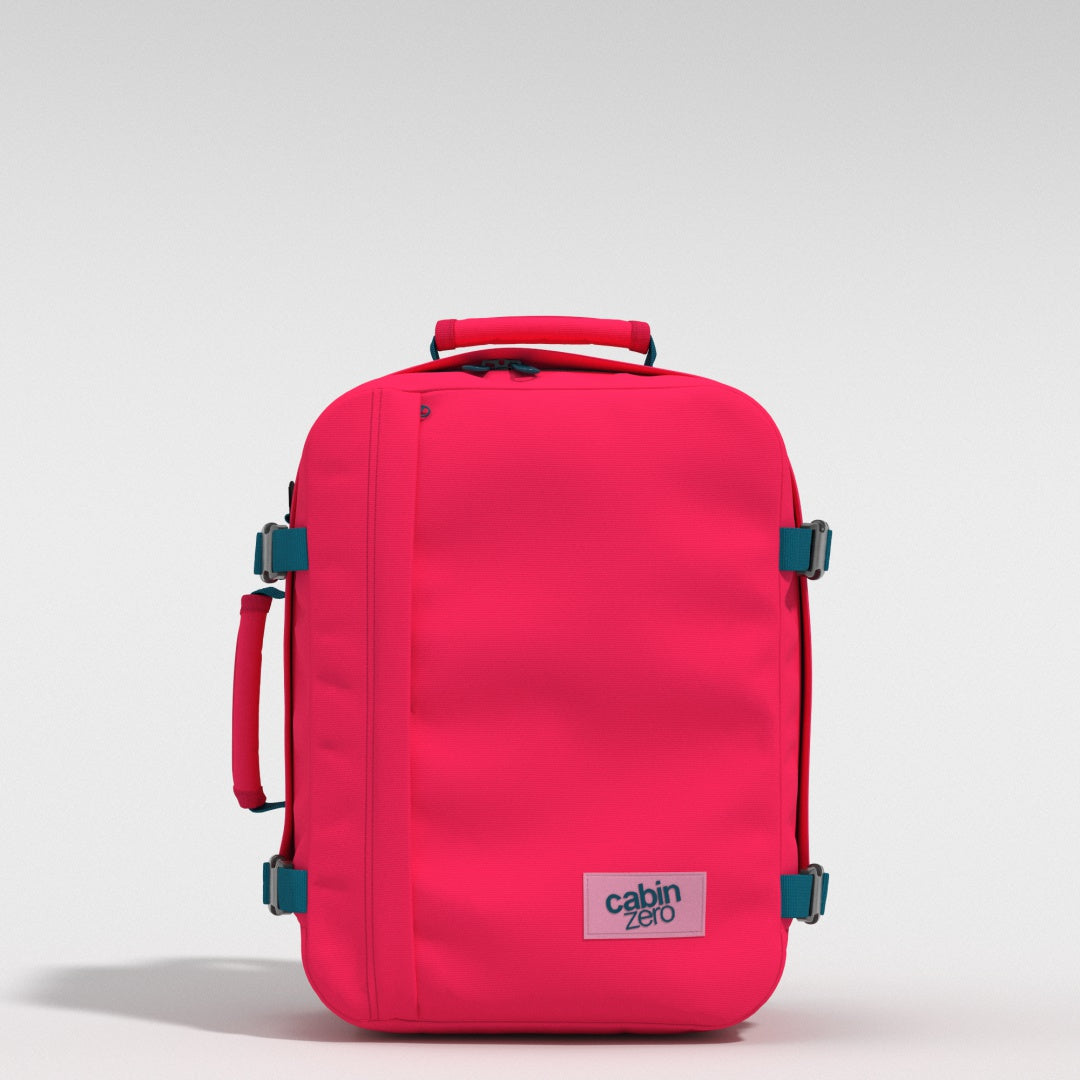
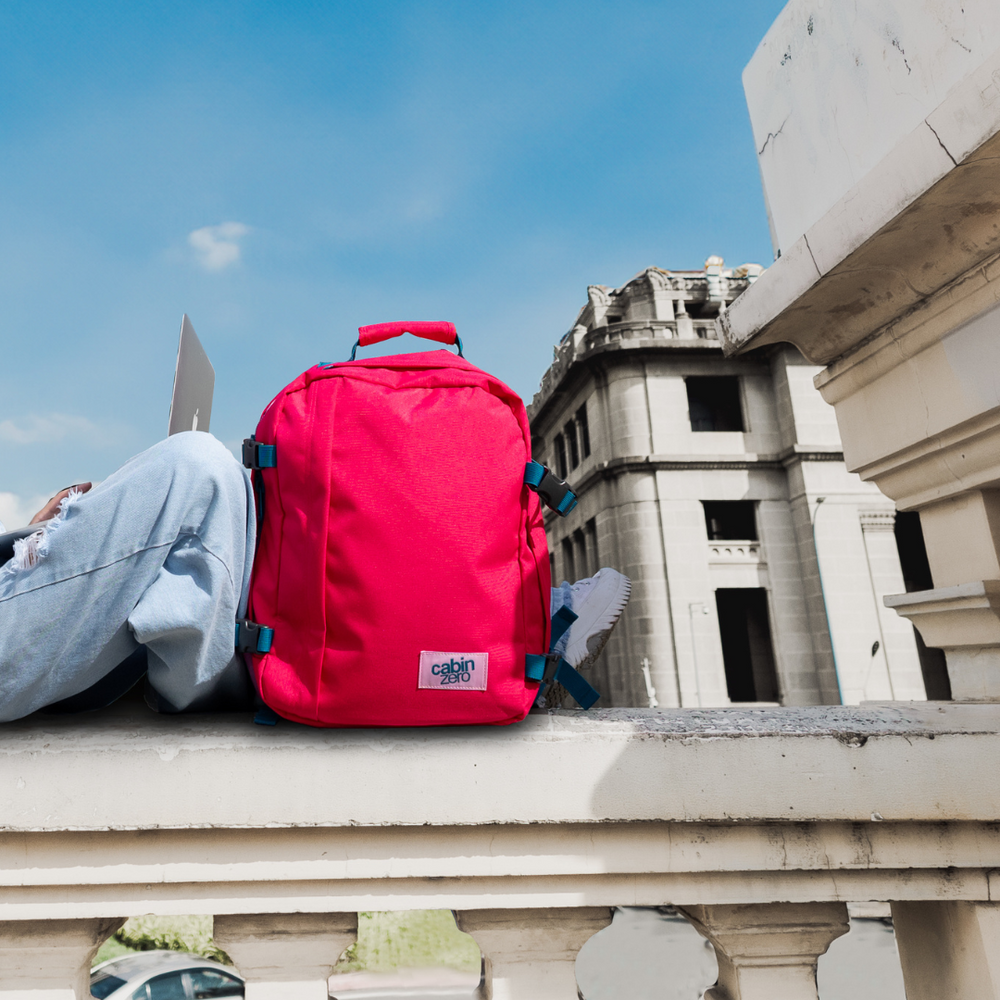

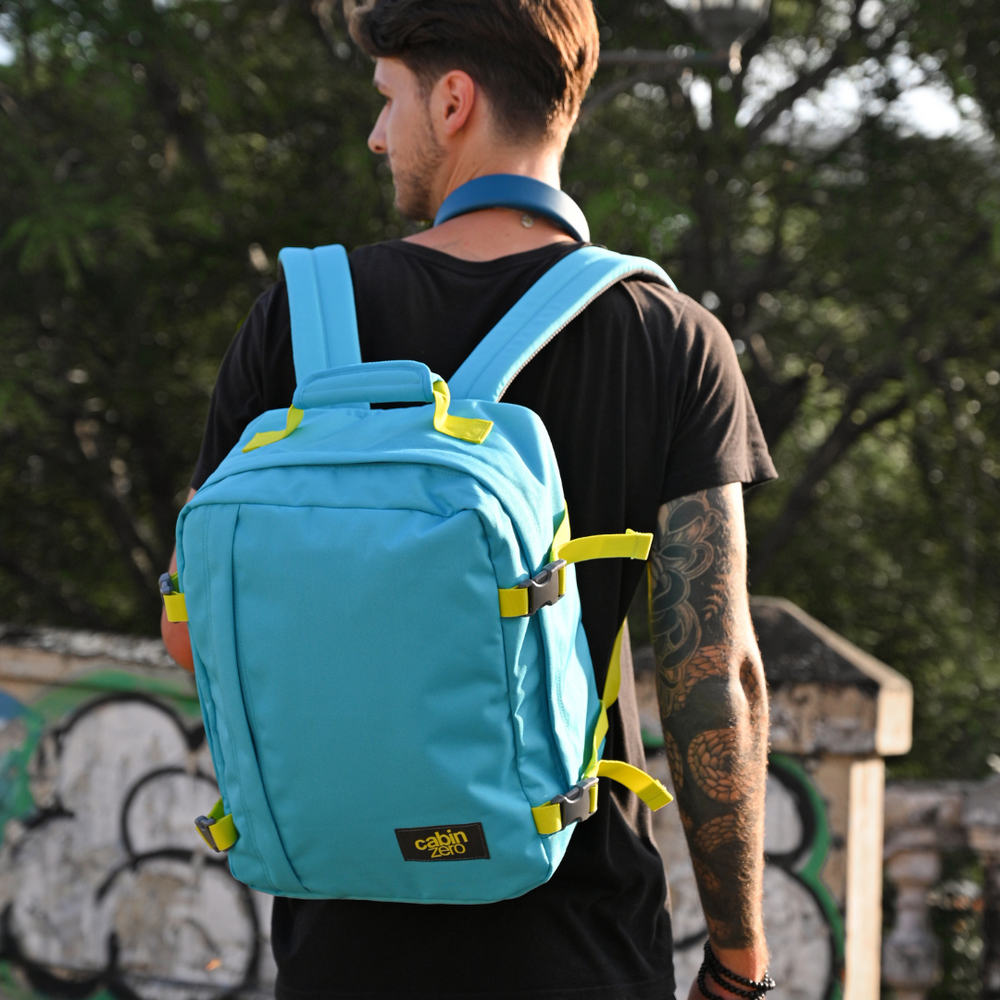

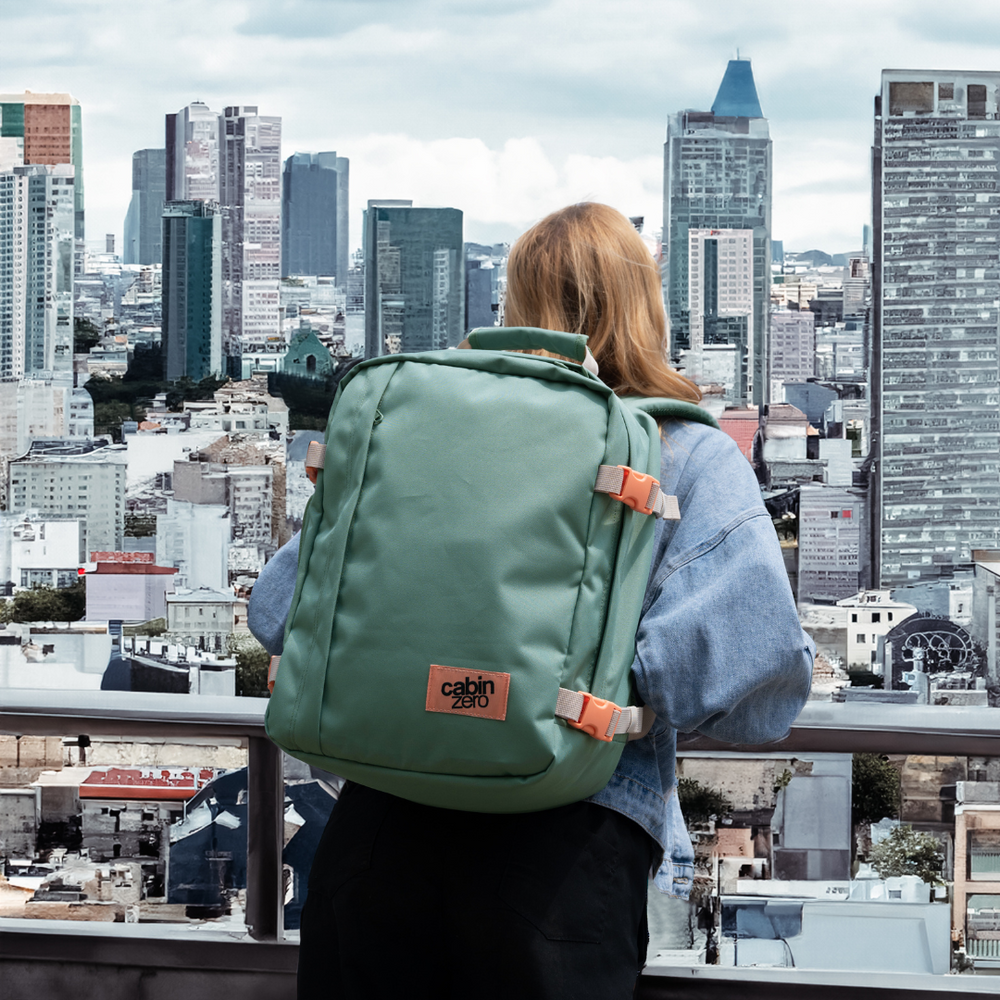
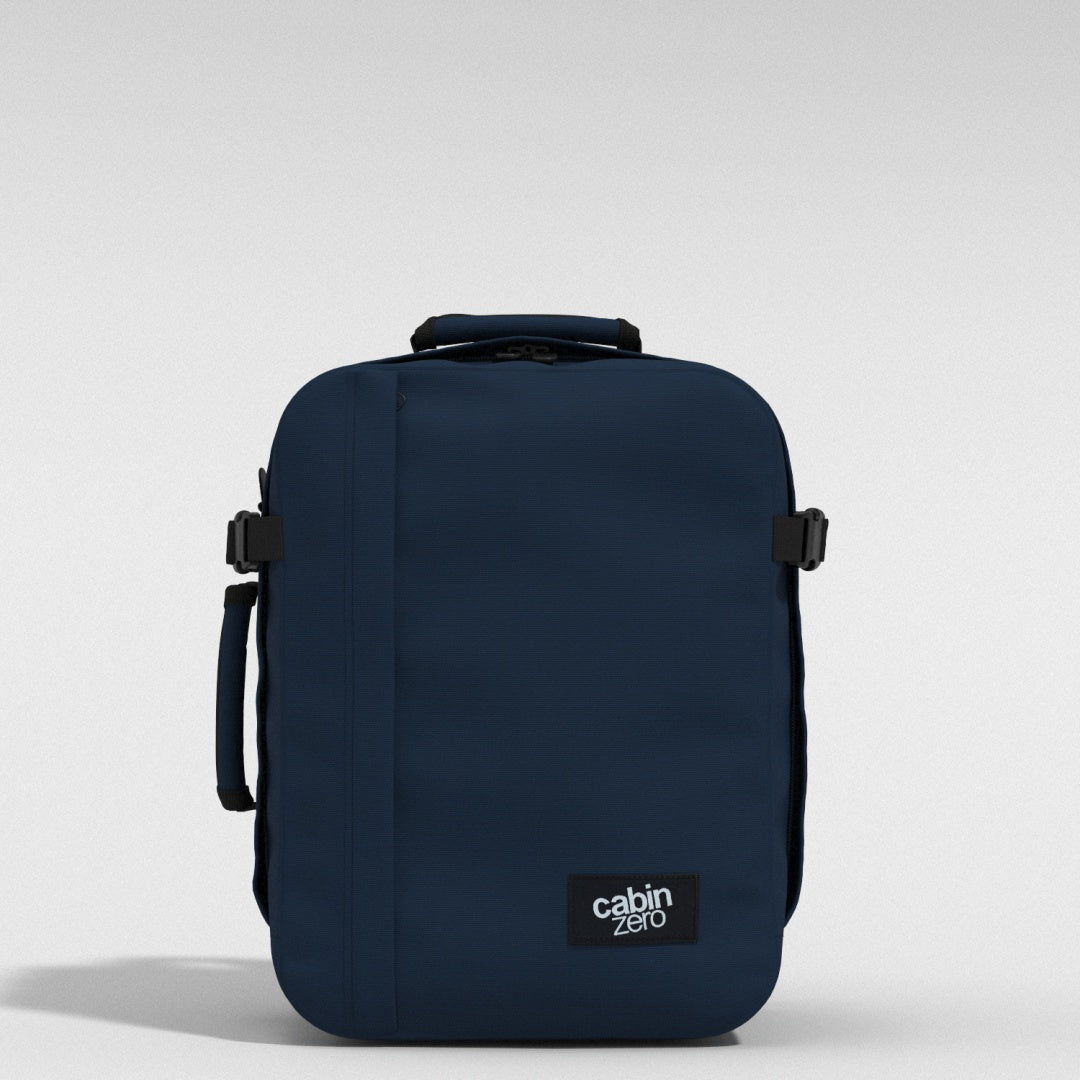
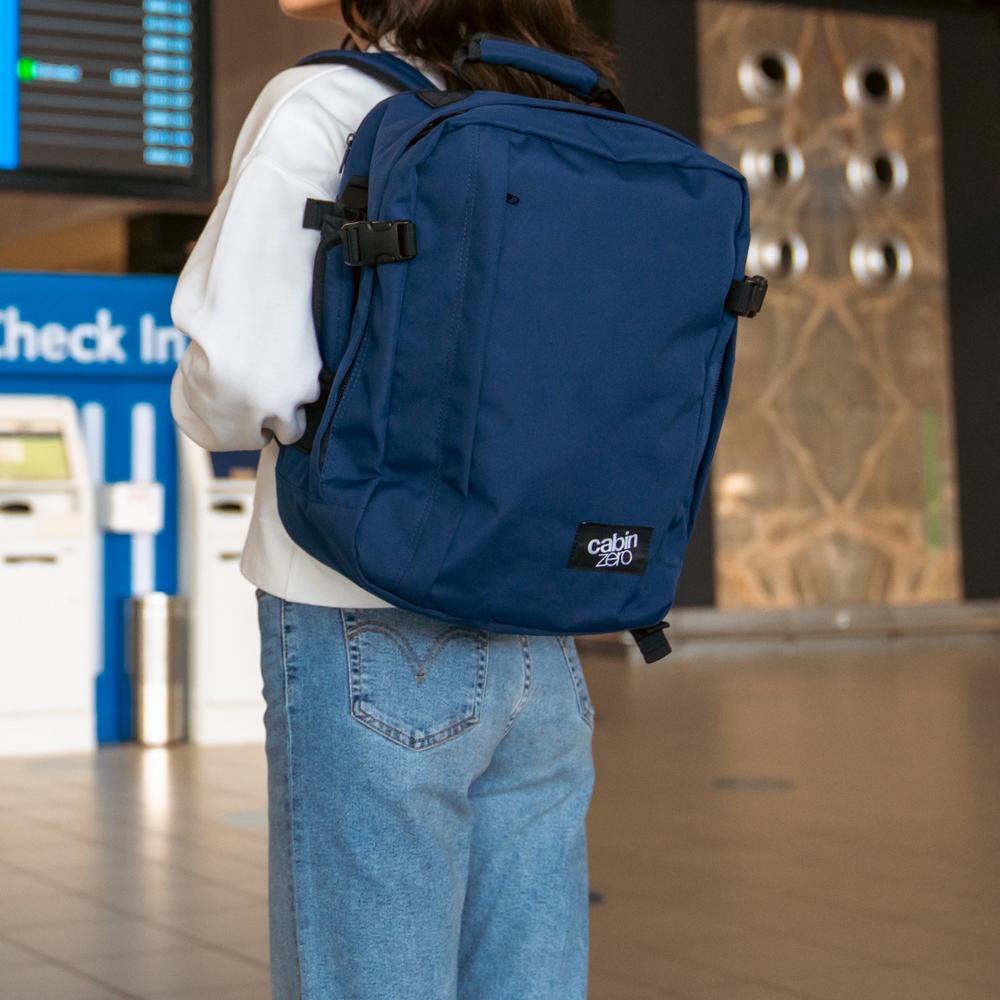



What about domestic next day layovers with
connecting flight departures to international destinations? Specifically do I need to take my baggage thru customs again or is it “once and done” as it is from the original departing flight on same day travel??
Thanks for this information. Very helpful.
Good stuff!!
Very informative to travellers, especially to those who are travelling first time and alone.
Leave a comment